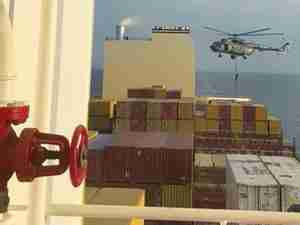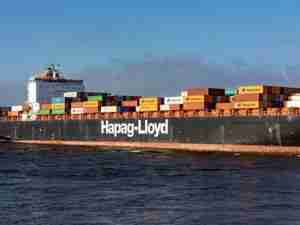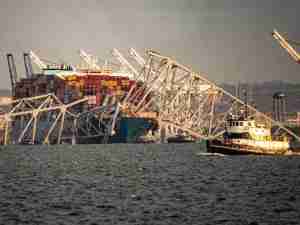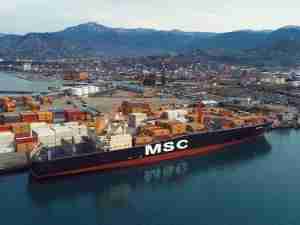Transpacific container lines have taken an important step forward in the current round of service contract negotiations with US importers. Foremost among these is restoration of floating bunker fuel surcharges that are adjusted monthly over the contract term to reflect world fuel price fluctuations, and an increase in the dollar amount of published fuel surcharges that will actually be collected in contracts.
Member shipping lines in the Transpacific Stabilization Agreement (TSA) are reporting that an average 70% of new contracts have been concluded relative to May 2007. Well over 90% of signed contracts for the coming year contain provisions for a floating bunker surcharge, as well as significant increases in the portion of the full, published surcharge level collected.
'Given the trajectory of fuel prices, which are approaching $600 per ton and have now more than doubled since the first quarter of 2007, the need for structural change in fuel recovery in the transpacific market was critical,' said TSA chairman Ronald D. Widdows, who is also CEO of Singapore-based container line APL Ltd. 'We appreciate the understanding of the shipping community that fuel costs are a real and present threat to lines' ongoing ability to adequately serve this corridor, through which most US trade flows.' Widdows added, however, that while the industry has largely achieved its objectives relating to the structure of fuel surcharges, profitability in the trade remains under pressure due to higher landside and asset costs.
Most transpacific contracts included increases to base freight rates, with the strongest gains in the intermodal and US East Coast all-water segments, he noted, but these gains represent only a portion of the levels of US$400 per feu to the West Coast and $600 per feu for all other shipments that TSA member lines sought to achieve. Overall revenue per container increases appear to be settling in the $400 - $600 range, inclusive of the shift to the floating bunker structure but before factoring in peak season and other non-fuel ancillary charges.
'Clearly, in the carriers' view, the priority this year was moving to a floating fuel surcharge structure and the quantum of revenue per unit increase was secondary. As such, there is more work to be done when the industry returns to the negotiating table in early 2009. The TSA guideline increases reflect higher anticipated intermodal, equipment management and cargo handling costs during 2008, so carriers will be seeking to achieve further base rate improvement next year' said TSA executive administrator Brian Conrad.
'The case for higher intermodal and East Coast all-water rates was obvious this year, but still not as well understood as one would think. Intermodal rail costs have grown at a pace well beyond the rate levels achieved by carriers over the last year,' said Evergreen Line president and TSA executive committee member Jack Yen.
J.S. Lee, also a member of the TSA executive committee and CEO of Hanjin Shipping, stressed that 'Carriers view this year's contract negotiations as the first step in a multi-year process of returning the industry to economics that will generate adequate returns and enable the necessary ongoing investment in transpacific capacity and resources. We have made progress towards that goal, but not sufficient progress to cover the scale of investments required.'
Demand for East Coast all-water services grew by 10% for the trade and more than 15% for TSA lines in 2007, putting pressure on finite space and equipment. On the West Coast, significant new costs are on the horizon ' from truck replacement, green terminal, transportation worker identification credential (TWIC), expanded off-peak programs, per-container port infrastructure fees and other charges, some of which will be passed through to ocean carriers.
Regarding longshore contract negotiations now underway on the US West Co









